The Web3 user experience is driving a paradigm shift that redefines how digital products are conceived. For decades, centralized platforms like Google, Amazon, and Facebook dominated the customer experience, offering standardized services while capturing value without returning control to users. Today, decentralized technologies are paving the way for a new model. One where users are no longer just customers, but owners of their experiences, identities, and digital assets.
From centralized to personalized and decentralized
In Web2, most services followed a closed model: the provider controlled the infrastructure, data, and product decisions, while users simply accepted the terms. In Web3, users no longer just consume services: they configure them, govern them, and can even hold collective ownership.
This leads to more personalized experiences, aligned with users’ values. Instead of relying on a single actor for everything, people can combine various applications—wallets, decentralized social networks, peer-to-peer marketplaces—based on their interests, preferences, and principles.
Suscribe to our newsletter!
What does it mean to empower the user?
Web3 provides concrete tools to enable true user empowerment:
- Self-custody of data and assets: Individuals can hold and manage their own money, documents, and digital collectibles without intermediaries. Wallets serve as their interface to this new ecosystem.
- Participation in governance: Through DAOs (Decentralized Autonomous Organizations), users can vote on key product or protocol decisions—from technical upgrades to budget allocations.
- Direct monetization of activity: Content creators, gamers, and community members can capture the value they generate, without relying on platforms that keep the majority of the revenue. Tokens enable innovative models of reward and shared ownership.
- Portability of identity: With systems like ENS, NFTs, and on-chain profiles, users can carry their reputation, achievements, and relationships across applications. Identity becomes independent of any single platform.
What are solutions and user experiences like in Web3?
Web3 architecture is built on open standards and composable protocols, enabling a new way of building digital products.
- Modular applications: Wallets integrate seamlessly with hundreds of protocols. Users can move funds, lend, play, create, and participate in governance without needing to create new accounts on every platform.
- Interoperable protocols: Thanks to standards like ERC-20 and ERC-721, digital assets are recognized and usable across multiple platforms. This interoperability is a core strength of the Web3 ecosystem.
- More user-friendly onboarding: User experience is improving rapidly. Today, users can sign in with a social account, without compromising private keys—and later transition to full self-custody.

What does this mean for companies?
The shift in digital consumption habits is no small matter. Many existing business models are built on captive users, locked into closed platforms that centralize power. In this new paradigm, that logic is becoming obsolete.
Web3, beyond the underlying blockchain technology, introduces a philosophy: empower users, offer them real choices, and let them decide. This mindset is already reshaping markets, even outside the crypto space. A clear example is Kick vs. Twitch: while Twitch maintains a centralized, restrictive model, Kick has adopted a more creator-centric approach, offering better revenue shares, content freedom, and more open participation. Although Kick doesn’t run on blockchain, its logic is inherently crypto: user first.
Read more → Cryptocurrency and stablecoin payments: the future of the digital economy
This shift is a threat to companies that fail to adapt—but a major opportunity for those who understand the evolving user. The future isn’t about building for broad, generic audiences, but designing segmented, hyper-personalized solutions powered by artificial intelligence.
Business logic is no longer defined by sheer user volume, but by loyalty, affinity, and mutual value. In the age of the empowered user, the winners will be those who design experiences that respect user freedom, recognize their contributions, and adapt to their digital identities.
The origins and current state of Web3
The idea behind blockchain technology isn’t new. Back in 1991, researchers Stuart Haber and W. Scott Stornetta proposed a system to protect digital documents using secure timestamps. In 1992, they introduced Merkle trees to improve system efficiency. This design laid the conceptual foundation for what we now know as blockchain.

It wasn’t until 2009, however, that the first functional blockchain was launched: Bitcoin. Created by Satoshi Nakamoto, it introduced the first decentralized system for transferring value without intermediaries. By combining cryptography, economic incentives, and distributed consensus, Bitcoin paved the way for more complex applications such as smart contracts and decentralized platforms.
This marked the birth of the Web3 ecosystem—an evolution of the internet that aims to empower users by giving them control over their data, identity, and digital assets.
Today, these technologies still face significant challenges. For end users, the experience can be cumbersome, requiring technical knowledge, private key management, and external tools like wallets. However, recent innovations are making this experience more accessible. The direction is clear: to build an environment where control and ownership belong to the user.
Conclusion
We are witnessing a shift in eras—from platforms that extract value to ecosystems that share it. Users no longer want to be just another number or a row in a spreadsheet. They want to choose, participate, and benefit from the value they help create. And when they don’t find it, they leave.
That’s why continuing to build with a mass-market, one-size-fits-all mindset is an increasingly fragile strategy.
Web3—both as a technology and an ideology—challenges us to rethink how we design products: not from control, but from collaboration. Not from faceless scale, but from personalized experience. Not from digital extraction, but from trust-based relationships and shared value.
The future belongs to those who understand that real scalability isn’t about accumulating users, but about building communities where people want to stay, contribute, and grow.
Want to learn how companies are using Blockchain infrastructure and Web3 solutions to innovate and scale?













Leave a Comment